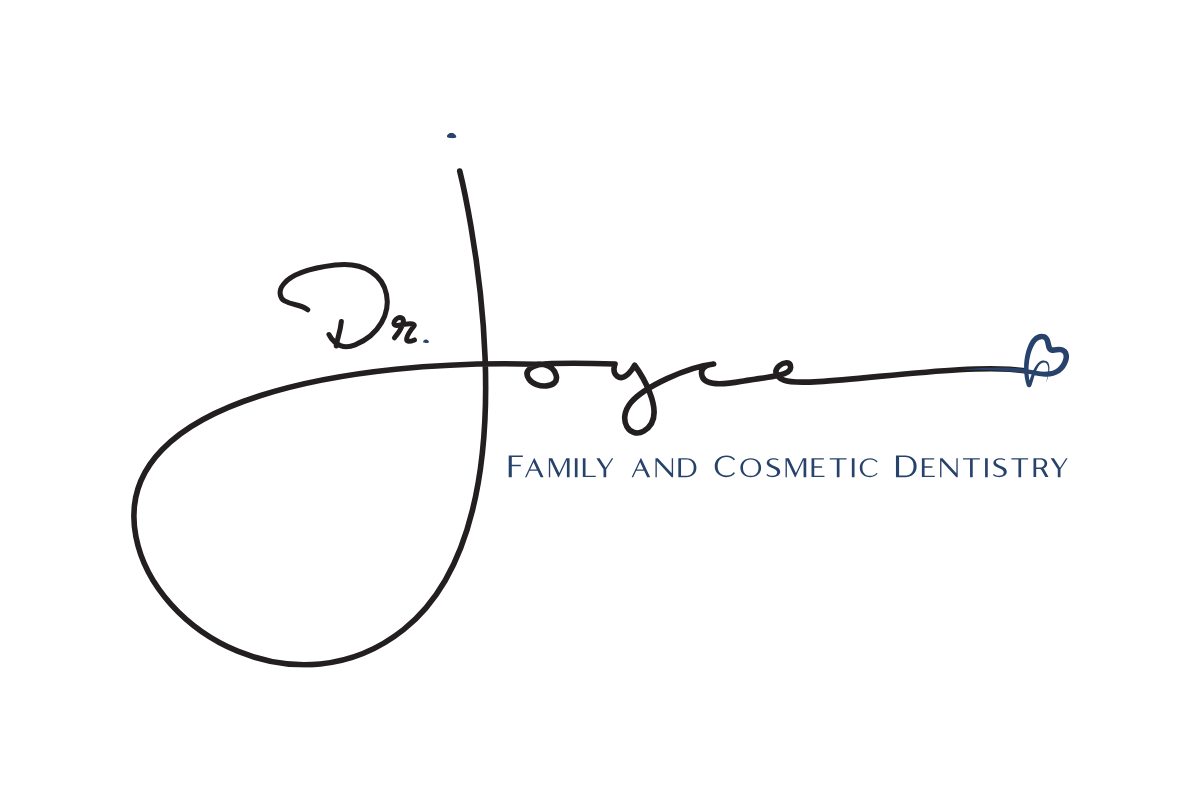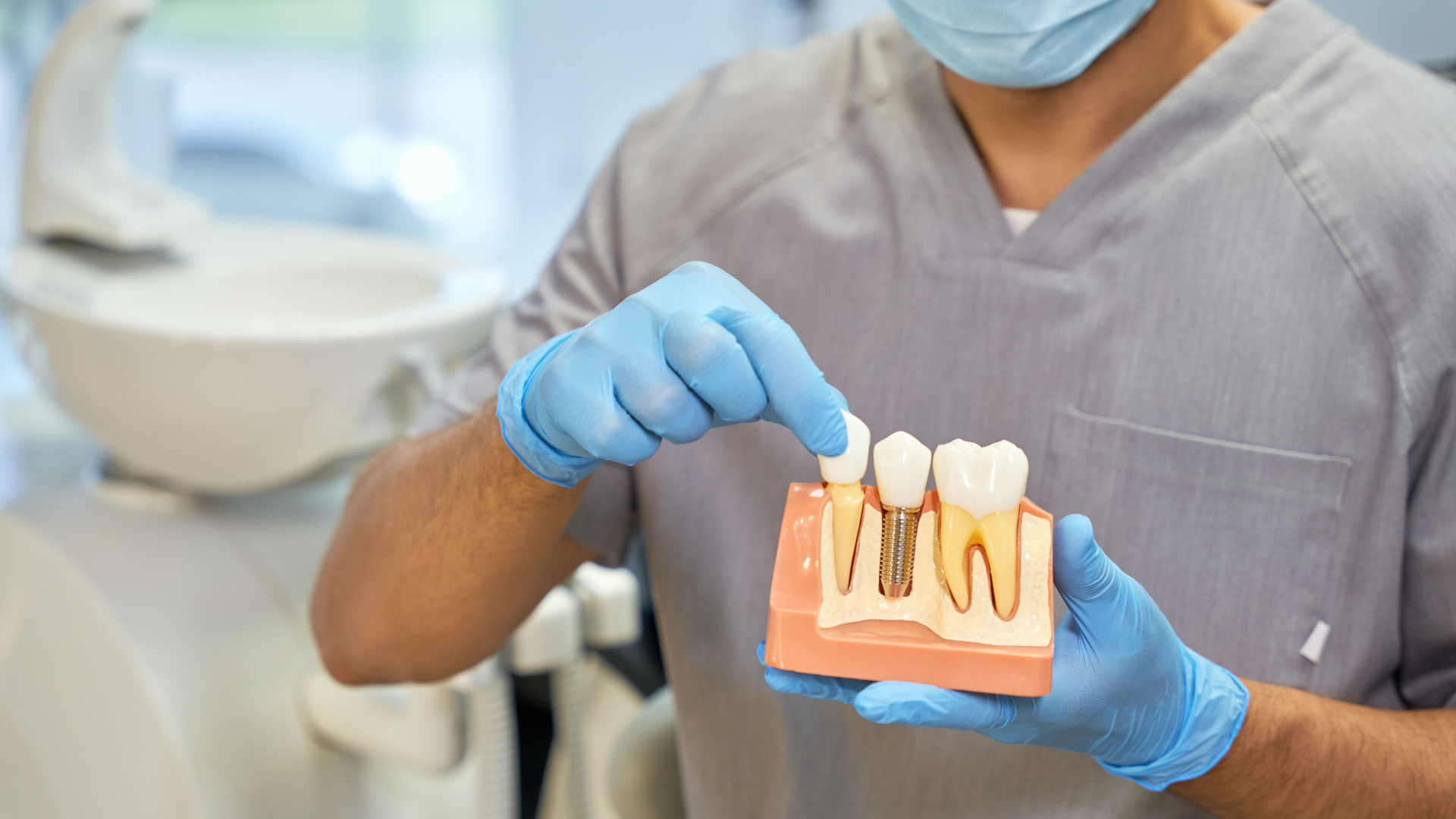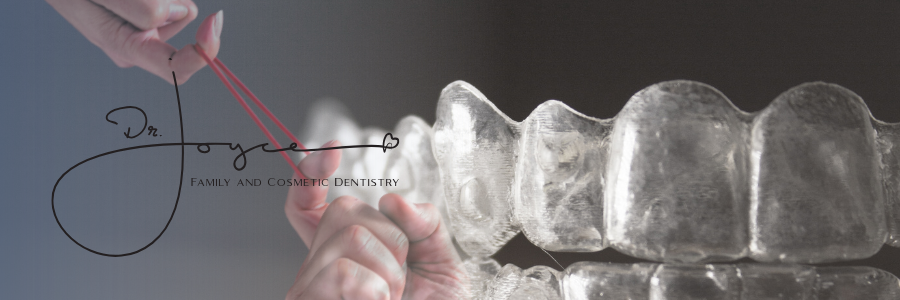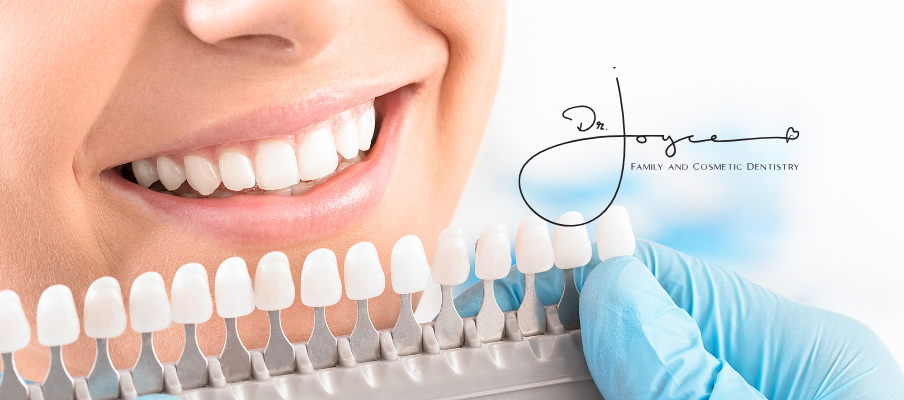Onlay vs. Crown: How Your Westwood Dentist Makes the Right Choice for Your Smile
When a tooth is too damaged for a simple filling, you enter the world of dental restorations. Two of the most common and effective solutions are onlays and crowns. But how do you know which one is right for you? While they both restore a tooth's function and appearance, the decision between them is complex and depends on a variety of clinical factors.
This guide will walk you through the key considerations that your dentist, like Dr. Joyce, evaluates before recommending treatment. Understanding this process can help you feel more confident and informed about your dental care right here in Los Angeles.
Assessing Tooth Structure Preservation
When deciding between a dentalonlay or a full crown, one of the most significant factors is how much of your natural tooth we can save. The primary goal is to find the perfect balance: effectively restoring the tooth's health and function while conservatively removing as little healthy tissue as possible.
Minimizing Healthy Tooth Removal
Our goal at Dr. Joyce Family & Cosmetic Dentistry is always to perform the most conservative treatment possible. This minimally invasive approach helps maintain the tooth's inherent strength and reduces the risk of future complications. When less of the natural tooth is removed, it tends to have a better long-term prognosis. We carefully evaluate the extent of the damage to determine if an onlay, which requires less drilling than a full crown, can effectively solve the problem.
Evaluating Remaining Enamel and Dentin
A thorough assessment of the remaining enamel and dentin is crucial. If there is a substantial amount of healthy, strong tooth structure left to support a restoration, an onlay is often the preferred choice. However, if the damage from decay or trauma is too extensive, a crown might be necessary to provide the comprehensive support and protection the tooth needs to survive. It's a clinical judgment call based on the specific conditions within your mouth.
Biomechanical Integrity: Can the Tooth Handle the Pressure?
Biomechanical integrity refers to your tooth's ability to withstand the powerful forces of chewing. We need to ensure that the remaining tooth structure, combined with the new restoration, can handle daily pressure without fracturing. It’s a bit like building a house – you need a solid foundation.
Here are some things we consider:
- Support: How well the remaining tooth structure can support a restoration.
- Location: The location of the tooth in your mouth is critical, as back teeth (molars) experience significantly more chewing force than front teeth.
- Patient's Bite: Your unique bite pattern and any history of grinding or clenching (bruxism) are evaluated.
If the tooth is deemed too weak to support itself, a full-coverage crown is often the superior choice. It acts like a helmet, providing 360-degree support to prevent future fractures and protect the tooth for years to come.
Extent of Damage and Decay
Severity of Caries (Cavity) Involvement
The amount of decay present is a primary deciding factor. While small cavities can be handled with a filling, larger areas of decay require a more robust solution. The more tooth structure that has been lost, the more likely a crown becomes the necessary choice to ensure the tooth has adequate strength and protection. We carefully assess the cavity's size, its depth, and its proximity to the nerve (pulp) before making a recommendation.
Presence of Fractures or Cracks
Cracks and fractures can seriously compromise a tooth's integrity. While superficial craze lines might not be a major issue, deeper fractures that extend below the gum line are a serious concern. If a tooth has significant cracks, a crown is almost always the better option because it can hold the tooth together like a brace, preventing it from splitting further. An onlay is an excellent restoration, but it may not provide enough support for a tooth that's already structurally compromised by fractures.
Impact on Cusp Integrity
The cusps are the pointed, functional parts on the chewing surface of your back teeth. If one or more cusps are damaged, weakened, or completely fractured, it dramatically affects the tooth's overall strength. An onlay can be designed to restore a damaged cusp, but if the damage is too extensive, a crown that covers and protects the entire tooth is usually recommended for better long-term stability.
Occlusal Forces and Bite Dynamics
How your teeth meet when you chew is critically important. Your dentist in Westwood will carefully analyze the distribution of pressure across your bite. If certain teeth bear an excessive amount of force, or if you grind your teeth (bruxism), this added stress must be factored into the treatment plan to ensure the longevity of the restoration.
We also evaluate the stability of the opposing arch—the teeth that your new restoration will bite against. Just like building a bridge, you need solid support on both sides to ensure balance, function, and durability, preventing issues like excessive wear or jaw pain.
Material Selection and Durability
Choosing the right material for your onlay or crown is a collaborative decision based on durability, aesthetics, and your specific needs. Porcelain and composite are two popular choices. Porcelain is renowned for its natural, tooth-like appearance, stain resistance, and long-term durability. Composite can be more affordable and bonds directly to the tooth, but may not last as long or resist stains as effectively as porcelain.
The longevity of any restoration depends on factors like its location in your mouth, your oral hygiene habits, and your unique bite. We will discuss these factors to help you make the best choice for your smile and budget.
Cost-Benefit Analysis for Longevity
It’s natural to consider the upfront cost, but it's equally important to think about the long-term value. An onlay might have a lower initial investment, but if a crown is clinically indicated, choosing the more conservative option could lead to failure and more extensive, costly repairs down the road.
We believe in transparent communication. Our team will discuss the potential for future repairs, the estimated longevity of each option, and review your insurance coverage to help you make a financially sound decision. At Dr. Joyce Family & Cosmetic Dentistry, we offer affordable custom glass solutions that prioritize quality and long-term success.
The Final Decision: A Personalized Approach
Ultimately, choosing between an onlay and a crown is a personalized decision based on a comprehensive evaluation. Dr. Joyce and her team combine years of clinical experience with a conservative treatment philosophy to determine what is best for your oral health in the long run. We take the time to look at the complete picture of your dental health to recommend a solution that will keep your tooth healthy and allow you to keep smiling without worry.
Ready to Restore Your Smile?
The best way to know if an onlay or a crown is right for you is through a personal consultation. At Dr. Joyce Family & Cosmetic Dentistry, our team is dedicated to providing high-quality, patient-focused care. If you're in the Westwood or greater Los Angeles area, we invite you to experience our state-of-the-art, comfortable approach to dentistry.




